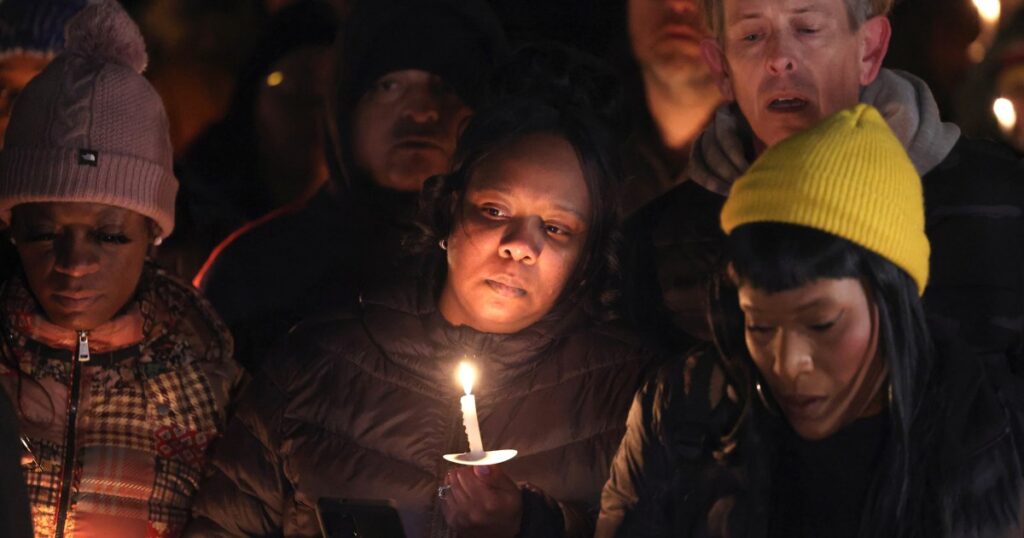The gruesome, videotaped beating of Tyre Nichols by Memphis police is invigorating discussions around Black mental health, desensitization and what it means to be a true ally.
Nearly a decade ago, Michael Brown’s death at the hands of police in Ferguson, Missouri, brought national attention to activists’ demands for body cameras to be worn by officers around the country. The purpose of these videos is still an open debate.
That’s why I was so grateful Joy shared these thoughts Friday before airing the Nichols footage, urging people not to view the video out of “prurience.” (Warning: Bodycam video of the police encounter is shown in the clip.)
Since Friday, many Black people online and in media outlets have shared their exhaustion with what feels like an endless deluge of police brutality videos. I found myself nodding along with Amber Sherman, a Memphis-based activist quoted in The Los Angeles Times over the weekend:
‘I think the need to watch someone be murdered is really around the spectacle of death and how we objectify Black people and their bodies and how we don’t see their humanity,’ said Amber Sherman, who has emerged as a prominent voice in the protests that followed Nichols’ death. ‘I think that just removes the humanity from us and continues to objectify us, and I think that’s one of the main reasons that police treat us like dogs in the streets.’
It feels vital to ask, in 2023, what the release and the mass distribution of these videos are designed to do. And it’s all the more vital to ask whether and how these are exploitative.
There’s been a school of thought that says exposing the public — particularly, the white public — to the grotesqueness of these acts will jar people from their willful ignorance of anti-Black police violence.
But in this scenario, Black justice hinges entirely on white sympathy. And it leads you to the situation we seem to be in now, with repeated incidents of recorded police violence terrorizing Black people,…
Read the full article here





